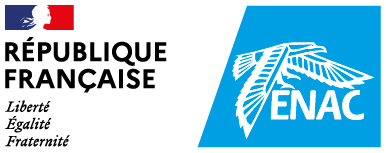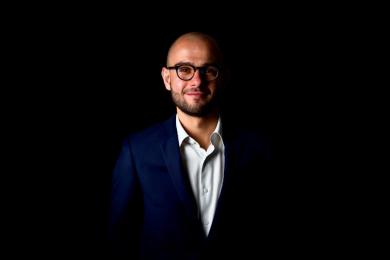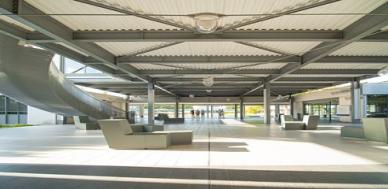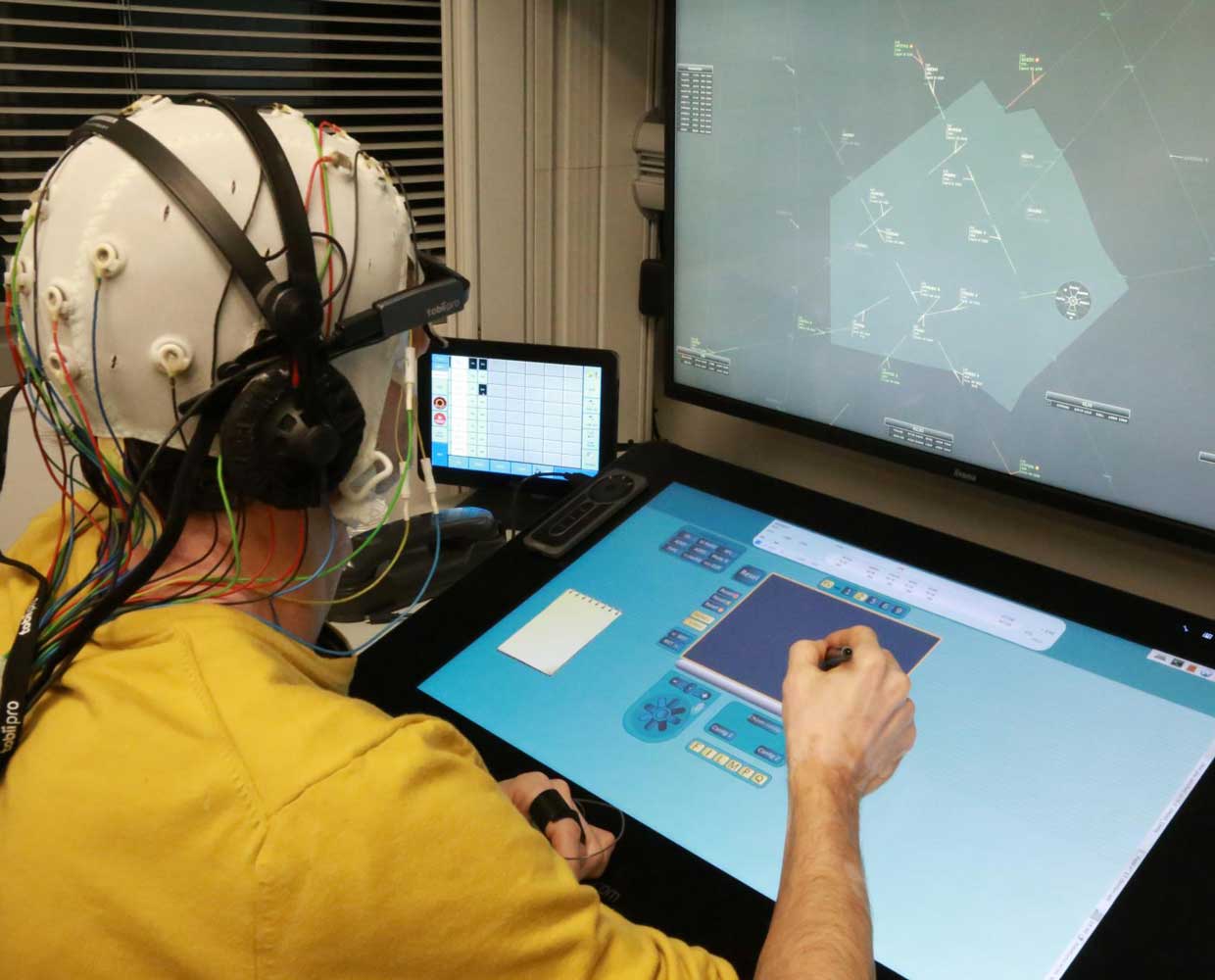
What will air traffic control look like in 2050? This is one of the questions addressed by the STRESS project, funded by the SESAR programme. STRESS is an European collaboration focusing on neuroergonomy and air traffic control with Jean-Paul Imbert and Géraud Granger, Human-System Interactions and Human Factors Research Engineers at ENAC.
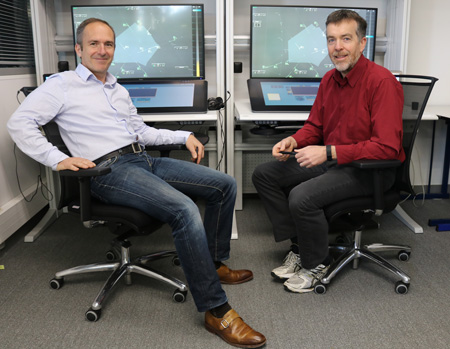 The roles and tasks of air traffic controllers will change in the future. This will be due also to the use of highly automated systems, introduced to support controllers in dealing with the increasing volume and complexity of air traffic. It is vital to enhance the comprehension of human responses to their role changing, better understanding the impact of high automation to human performance and how we can support operators in managing unexpected system disruptions.
The roles and tasks of air traffic controllers will change in the future. This will be due also to the use of highly automated systems, introduced to support controllers in dealing with the increasing volume and complexity of air traffic. It is vital to enhance the comprehension of human responses to their role changing, better understanding the impact of high automation to human performance and how we can support operators in managing unexpected system disruptions.
The main goal of the project is to generate knowledge able to support the design of the technologies which will be used by controllers to manage the future air traffic scenario. Specifically the project will provide guidelines to be followed to design future systems that are compatible with human capabilities and limitations, ensuring that the right balance between humans and automation is obtained.
Based on this expected future scenario of highly automated systems, STRESS choose some human factors aspects that are expected to be particularly relevant : stress, attention, mental workload, vigilance.
The working position operated at ENAC's ACHIL (Aeronautical Computer Human Interaction Lab) laboratory can address all level of automation including the highest one where ground automaton will interact directly with aircraft to solve conflicts before they occur. In this futuristic context, the selected human factors are investigated through neurophysiological measurement tools using electroencephalography (EEG), eye-tracker, heart rate and skin-conductance-response.
This holistic and innovative approach will help us to have a full picture of air traffic controller's response to this new working environment.
STRESS brings together 5 partners from 4 countries (Italy, France, Turkey and Belgium). Each one of them contributes to the project with unique expertise: a strong understanding of Human Factors (Deep Blue), a solid experience in the use of neurophysiologic measurements (Sapienza University), a deep knowledge of air traffic management domain (ENAC and Anadolu University) and an overall view on what is the strategic agenda for the development of this domain in the upcoming years (EUROCONTROL).
